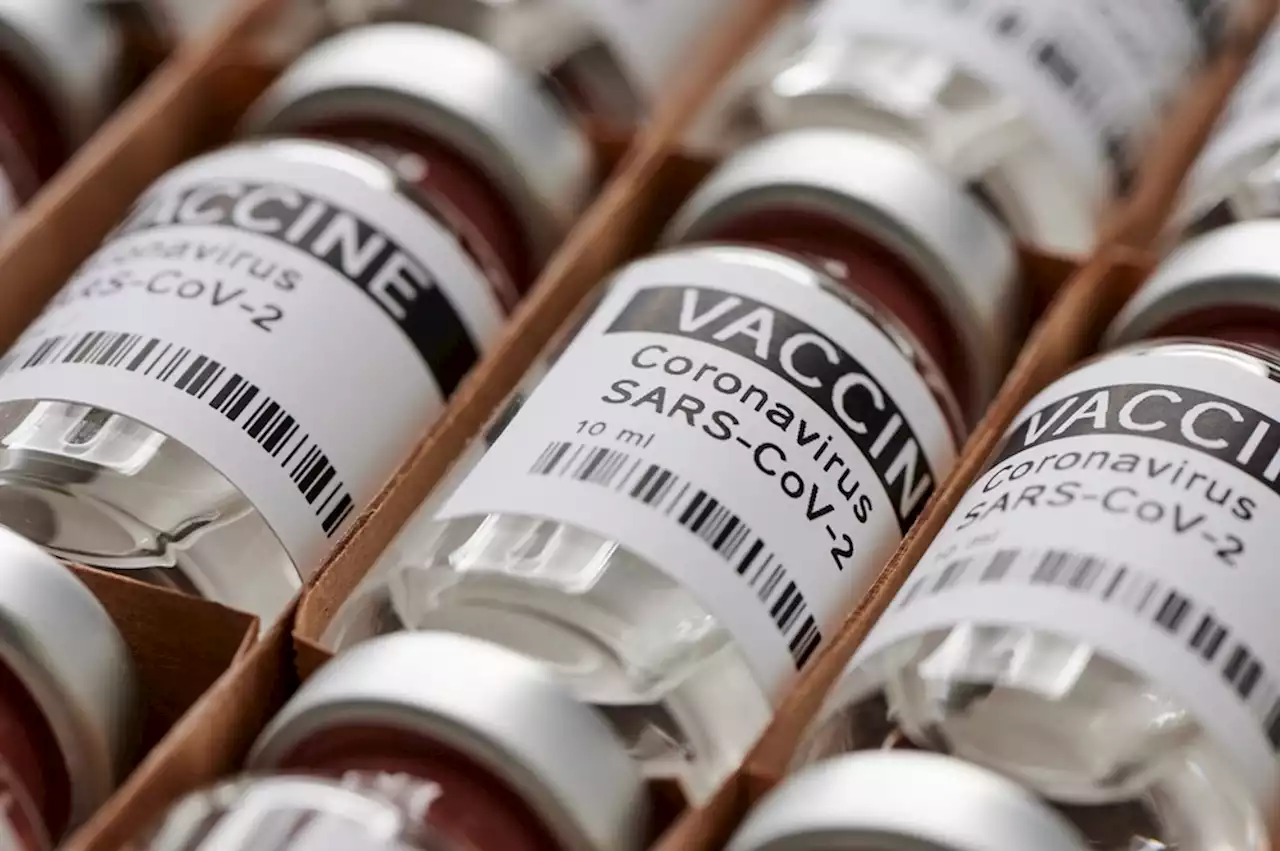Researchers develop a new method to map the spatial evolution of cancers NaturePortfolio emblebi sangerinstitute cancer oncology genetics evolution
By Neha MathurNov 11 2022Reviewed by Danielle Ellis, B.Sc. In a recent study published in Nature, researchers developed a genetic clone mapping workflow centered around base-specific in situ sequencing technology to derive quantitative maps of multiple genetic clones of cancer cells.
BaSISS workflow The BaSISS targeted subclones identified by a WGS-derived phylogenetic tree. BaSISS mutation-specific padlock probes first hybridized to complementary DNA of mutant and wild-type alleles of clone-defining somatic variants in situ. All completely targeted-complementary padlock probes ligated and formed closed circles.
Across three samples from P1, P1-oestrogen receptor 1, P1-ER2, and P1-D1, WGS experiments identified mutation clusters linked to six phylogenetic tree branches. BaSISS padlock probes targeted 51 alleles on each phylogenetic tree branch. The team identified a subclone by a patient identifier and the color of the corresponding phylogenetic tree node.
DCIS is known to be genetically heterogeneous but how DCIS clones organize and grow through the wider duct system remains incomprehensible. So the team examined three DCIS samples from P1 that spanned a tissue surface area of 224 mm2. Finally, the team performed spatial gene expression analysis using targeted in situ sequencing .
Consistent with bulk WGS data, BaSISS detected two to four subclones per PBC. The quantitative examination revealed that individual subclones formed spatial patterns related to the histological progression of cancer states. For instance, in P1-ER2, a region of hyperplasia was genetically unrelated to cancer, as confirmed by LCM–WGS. In each PBC, the genetic and histological progression models were largely stable.
P1-orange epithelial cells exhibited higher expression of the cell-cycle regulatory oncogenes cyclin D1 and cyclin B1 and the oncogene zinc finger protein 3 , which have been linked to adverse clinical outcomes. Overall, architectural and nuclear appearances and gene expression profiles were remarkably lineage-specific, and their different patterns could also be visualized spatially.
Deutschland Neuesten Nachrichten, Deutschland Schlagzeilen
Similar News:Sie können auch ähnliche Nachrichten wie diese lesen, die wir aus anderen Nachrichtenquellen gesammelt haben.
 Researchers demonstrate that neutralizing antibody titers wane over time in ChAdOx1, BNT162b2 and mRNA-1273 vaccineesResearchers demonstrate that neutralizing antibody titers wane over time in ChAdOx1, BNT162b2 and mRNA-1273 vaccinees JIDJournal imed_tweets antibody vaccine vaccination COVID19 coronavirus covid SARSCoV2
Researchers demonstrate that neutralizing antibody titers wane over time in ChAdOx1, BNT162b2 and mRNA-1273 vaccineesResearchers demonstrate that neutralizing antibody titers wane over time in ChAdOx1, BNT162b2 and mRNA-1273 vaccinees JIDJournal imed_tweets antibody vaccine vaccination COVID19 coronavirus covid SARSCoV2
Weiterlesen »
 The spectrum of SARS-CoV-2–related neurologic involvement among children and adolescents in 2021The spectrum of SARS-CoV-2–related neurologic involvement among children and adolescents in 2021 JAMANetwork BostonChildrens HopkinsMedicine IowaMed SARSCoV2 COVID19 coronavirus covid neuroscience neurology
The spectrum of SARS-CoV-2–related neurologic involvement among children and adolescents in 2021The spectrum of SARS-CoV-2–related neurologic involvement among children and adolescents in 2021 JAMANetwork BostonChildrens HopkinsMedicine IowaMed SARSCoV2 COVID19 coronavirus covid neuroscience neurology
Weiterlesen »
 The comparative risk of myocarditis, pericarditis, and myopericarditis between BNT162b2 and mRNA-1273 second dosesThe comparative risk of myocarditis, pericarditis, and myopericarditis between BNT162b2 and mRNA-1273 second doses UBC UofT vaccine vaccination myocarditis mRNA mRNAvaccine
The comparative risk of myocarditis, pericarditis, and myopericarditis between BNT162b2 and mRNA-1273 second dosesThe comparative risk of myocarditis, pericarditis, and myopericarditis between BNT162b2 and mRNA-1273 second doses UBC UofT vaccine vaccination myocarditis mRNA mRNAvaccine
Weiterlesen »
 Transfer test: Academic selection 'perpetuates divisions'Transfer tests and the grammar school system 'disadvantages the already most disadvantaged', QUBelfast research suggests
Transfer test: Academic selection 'perpetuates divisions'Transfer tests and the grammar school system 'disadvantages the already most disadvantaged', QUBelfast research suggests
Weiterlesen »
 Is placental antibody transfer after COVID-19 vaccination different from that after SARS-CoV-2 infection in pregnant individuals?Is placental antibody transfer after COVID-19 vaccination different from that after SARS-CoV-2 infection in pregnant individuals? JAMANetwork ChildrensPhila UMich COVID19 coronavirus covid pregnancy vaccination vaccine infection antibody
Is placental antibody transfer after COVID-19 vaccination different from that after SARS-CoV-2 infection in pregnant individuals?Is placental antibody transfer after COVID-19 vaccination different from that after SARS-CoV-2 infection in pregnant individuals? JAMANetwork ChildrensPhila UMich COVID19 coronavirus covid pregnancy vaccination vaccine infection antibody
Weiterlesen »
 How did alcohol consumption change during the COVID-19 pandemic in the state of Wisconsin?How did alcohol consumption change during the COVID-19 pandemic in the state of Wisconsin? medrxivpreprint UWMadison UofIllinois alcohol pandemic COVID19 coronavirus covid
How did alcohol consumption change during the COVID-19 pandemic in the state of Wisconsin?How did alcohol consumption change during the COVID-19 pandemic in the state of Wisconsin? medrxivpreprint UWMadison UofIllinois alcohol pandemic COVID19 coronavirus covid
Weiterlesen »
